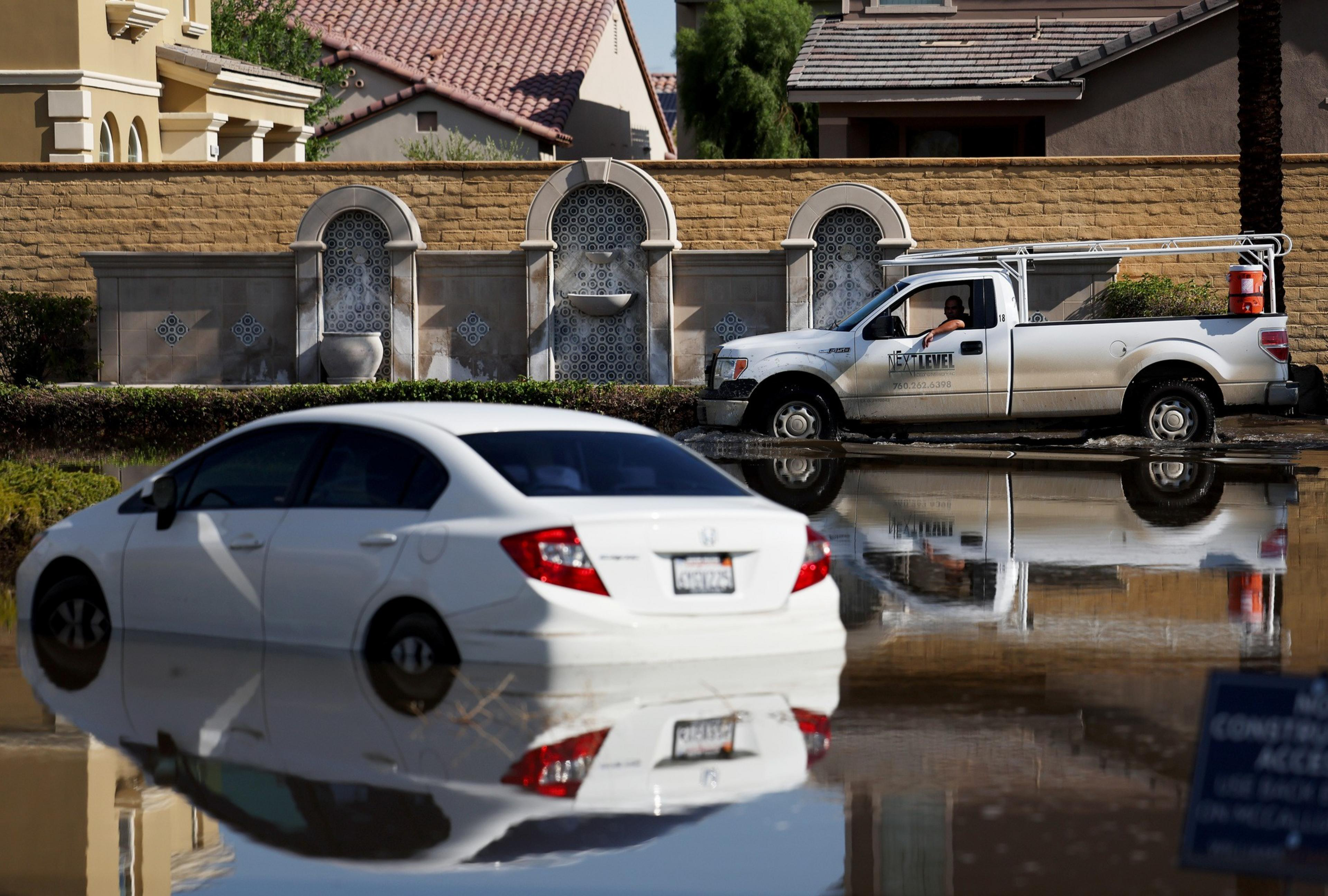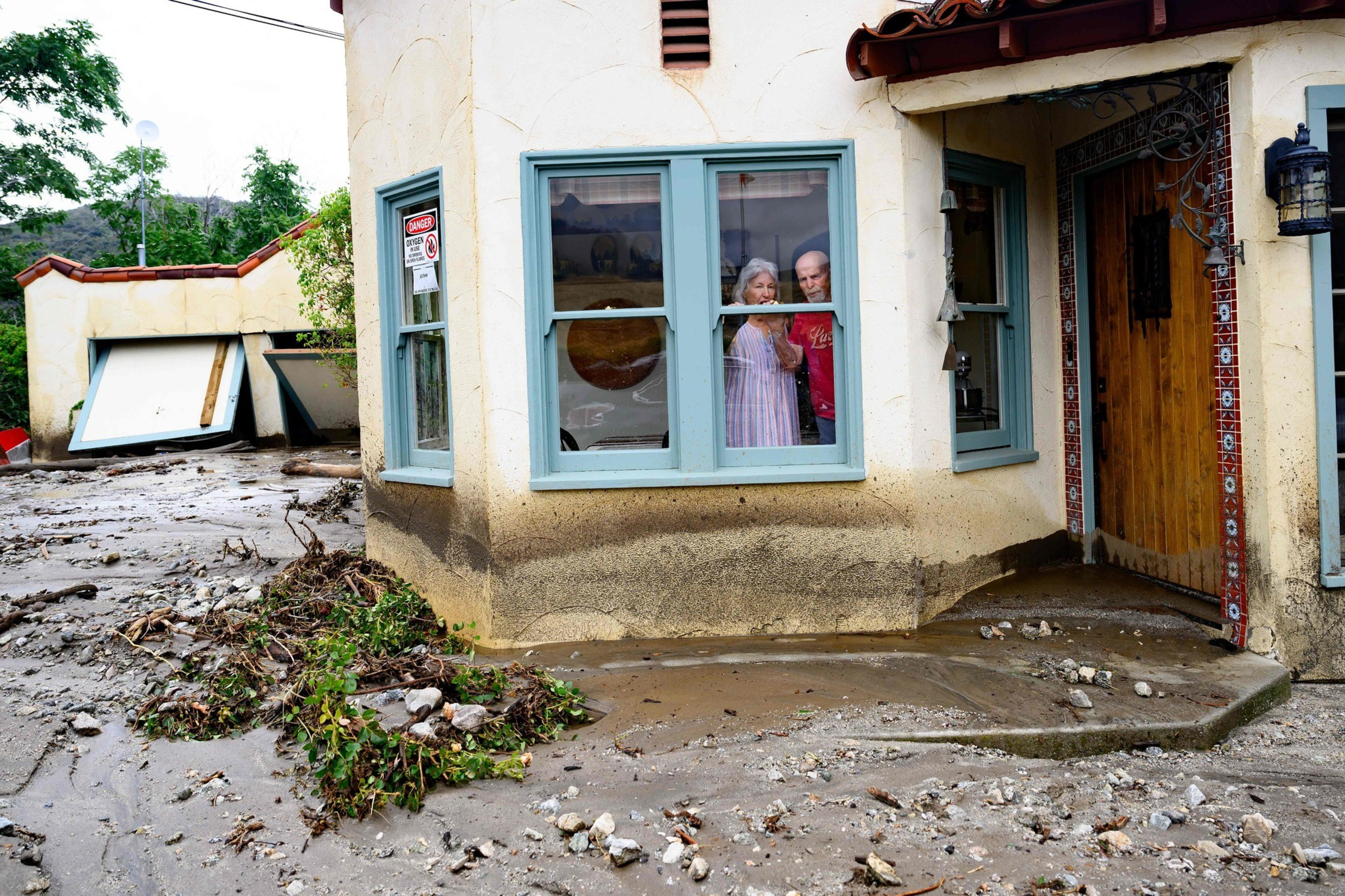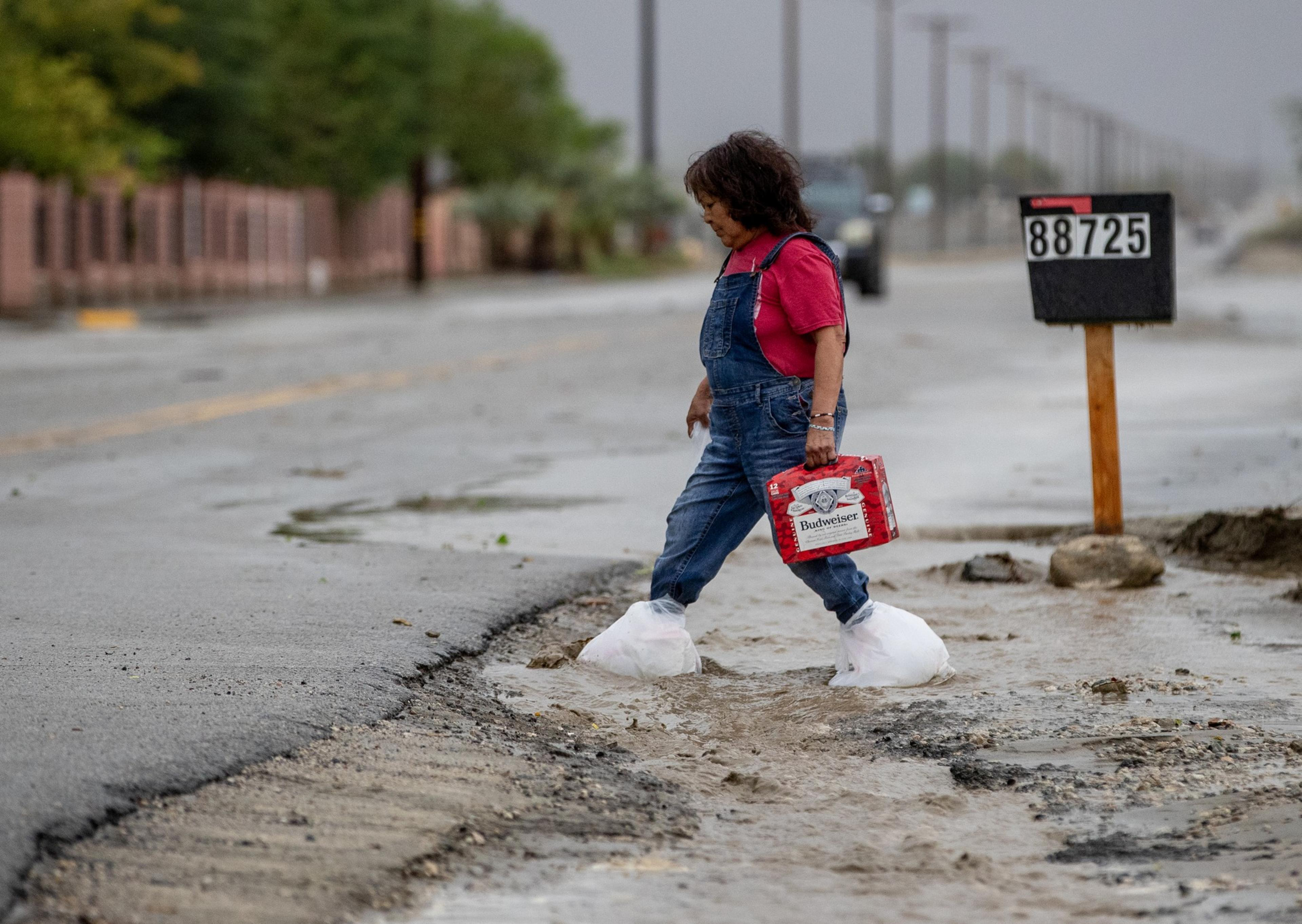California this week is still grappling with the fallout of Tropical Storm Hilary, which caused widespread heavy rainfall and flooding over the weekend in the southern part of the state.

The storm soaked parts of Southern California that normally see little rain, with Downtown Los Angeles receiving 2.48 inches (opens in new tab), its wettest day on record. San Diego had 1.82 inches (opens in new tab) of rain, the most since Feb. 27, 2017.
Palm Springs saw over three inches (opens in new tab) of rain, trapping cars in floodwaters.

Gov. Gavin Newsom proclaimed a state of emergency Saturday (opens in new tab) to marshal resources to Southern California to fight flooding, including 350 California National Guard soldiers, 700 local government firefighters and support staff, and 250 fire engines from California Department of Forestry and Fire Protection (CalFire).

Flooding from the tropical storm also sparked food and housing insecurity among farmworkers (opens in new tab) in the Eastern Coachella Valley after they were forced to evacuate, leaving them out of work and without the day-to-day income they rely on, NBC reported.
Hilary formed in an area south of Baja California, off the coast of Mexico. Many storms form in the Eastern Pacific there, but most move harmlessly west into the open Pacific or travel east into Mexico, after which the weakened storms head toward the U.S. Southwest.

Hilary rapidly intensified, gaining 75 mph in wind speed strength in just 24 hours—going from nearly nothing to a Category 4 hurricane in no time.

As Tropical Storm Hilary soaked Southern California, a 5.1 magnitude earthquake (opens in new tab) also hit the state, with the epicenter 60 miles northwest of Los Angeles, outside of Ojai, although no damage has been reported (opens in new tab).

The tropical storm was expected to more greatly impact Arizona, but the state only recorded three-quarters of an inch (opens in new tab) of rain statewide.

The tropical storm is also threatening states farther north, (opens in new tab) including southeastern Oregon and west-central mountains of Idaho, according to the Associated Press.

Scientists say human-caused climate change (opens in new tab) and a stubborn heat dome over the nation’s midsection (opens in new tab) is to blame for heavy rain and flooding from Tropical Storm Hilary, which was driven by hot water and hot air that caused the storm to grow rapidly.

